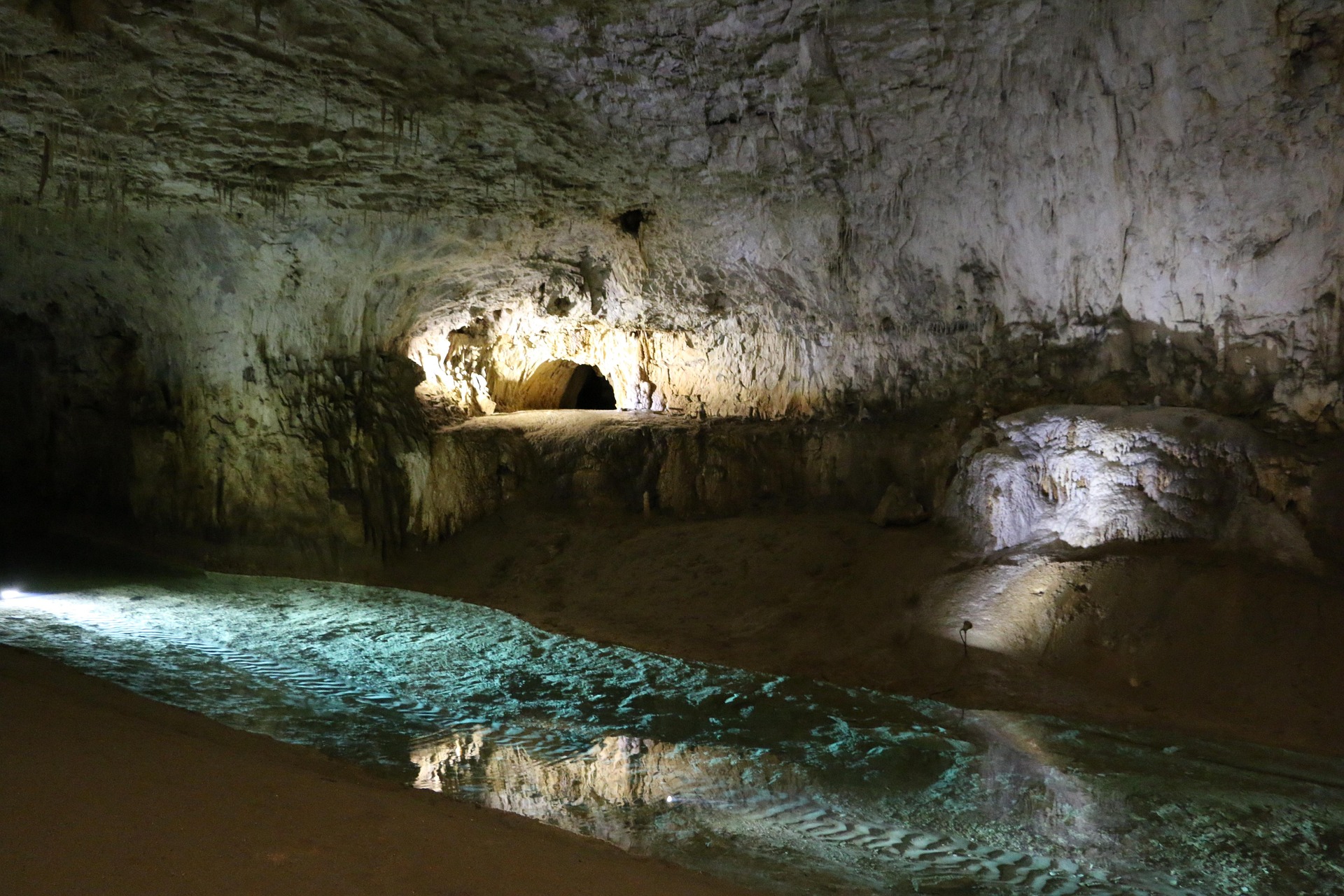Subterranean Sojourns: Exploring the Hidden World of Cave Tourism
The enigmatic allure of underground caverns has captivated human imagination for millennia. Today, cave tourism is emerging as a thrilling frontier for adventurers seeking to delve into Earth's hidden realms. This article explores the growing trend of subterranean travel, uncovering the mysteries, challenges, and unforgettable experiences that await beneath the surface.

Geological Marvels: A World of Underground Wonders
Caves offer a unique glimpse into Earth’s geological processes. Stalactites and stalagmites, formed over thousands of years, create otherworldly landscapes. Underground rivers carve intricate passages, while mineral deposits paint cavern walls in a spectrum of colors. From the crystal-clear waters of Mexico’s cenotes to the massive chambers of Vietnam’s Son Doong Cave, each subterranean site tells a distinct story of our planet’s history.
Biodiversity Below: Unique Cave Ecosystems
Beyond their geological significance, caves harbor extraordinary ecosystems. These lightless environments have given rise to specialized flora and fauna, many of which are found nowhere else on Earth. Blind cave fish, albino salamanders, and bioluminescent insects are just a few examples of the unique life forms that have adapted to these extreme conditions. For eco-conscious travelers, cave tourism offers an opportunity to witness and learn about these fragile underground habitats.
Adventure Tourism: Pushing Boundaries Underground
For thrill-seekers, cave tourism presents a new frontier of adventure. Technical caving, or spelunking, involves navigating challenging terrains, squeezing through tight passages, and rappelling into vast chambers. Underground camping trips allow adventurers to spend days exploring extensive cave systems, disconnected from the outside world. These experiences not only test physical limits but also offer profound moments of self-discovery in the planet’s most secluded spaces.
Cultural Connections: Caves in Human History and Mythology
Caves have played significant roles in human culture and spirituality throughout history. From prehistoric cave paintings to ancient temple complexes carved into cliff faces, these subterranean spaces have long been revered as sacred sites. Modern cave tourism often incorporates these cultural elements, allowing visitors to connect with ancient traditions and gain insights into how our ancestors viewed and utilized these mysterious underground realms.
Illuminating Facts About Cave Tourism
• The world’s largest cave, Son Doong in Vietnam, is so massive it has its own weather system and could fit a 40-story skyscraper inside.
• Waitomo Glowworm Caves in New Zealand offer boat tours through caverns illuminated by thousands of bioluminescent insects.
• Mexico’s underwater caves, or cenotes, were considered by the Maya to be gateways to the underworld.
• The Eisriesenwelt in Austria is the world’s largest ice cave, stretching for more than 42 kilometers.
• Some caves, like Krubera Cave in Georgia, are so deep that explorers must spend days underground to reach the bottom.
The Future of Underground Exploration
As interest in unique travel experiences grows, cave tourism is poised to expand, offering travelers immersive encounters with Earth’s hidden wonders. However, this growth comes with the responsibility to preserve these delicate ecosystems and geological formations. Sustainable practices and careful management will be crucial in ensuring that future generations can continue to explore and marvel at the subterranean world. For those willing to venture beneath the surface, cave tourism promises unforgettable journeys into the heart of our planet, revealing natural wonders and insights into both Earth’s history and our own.





